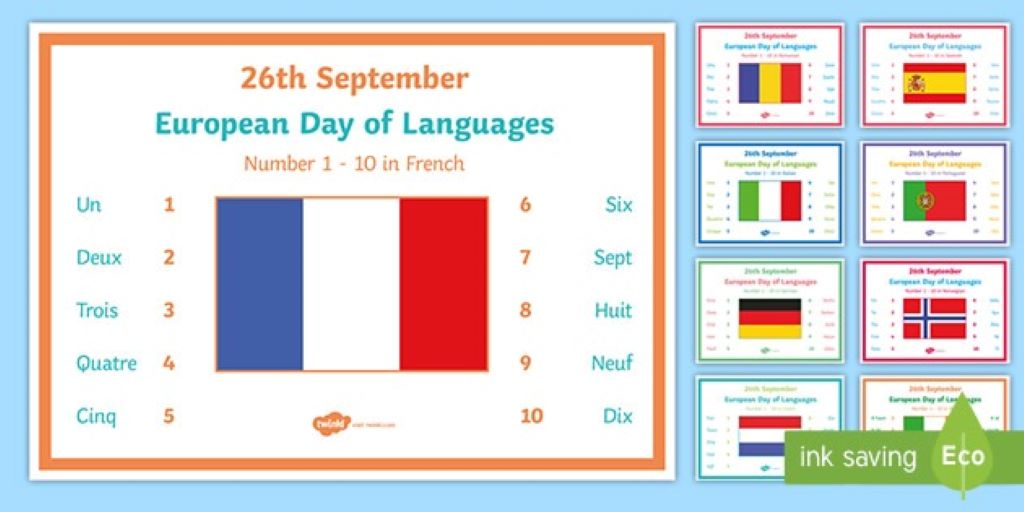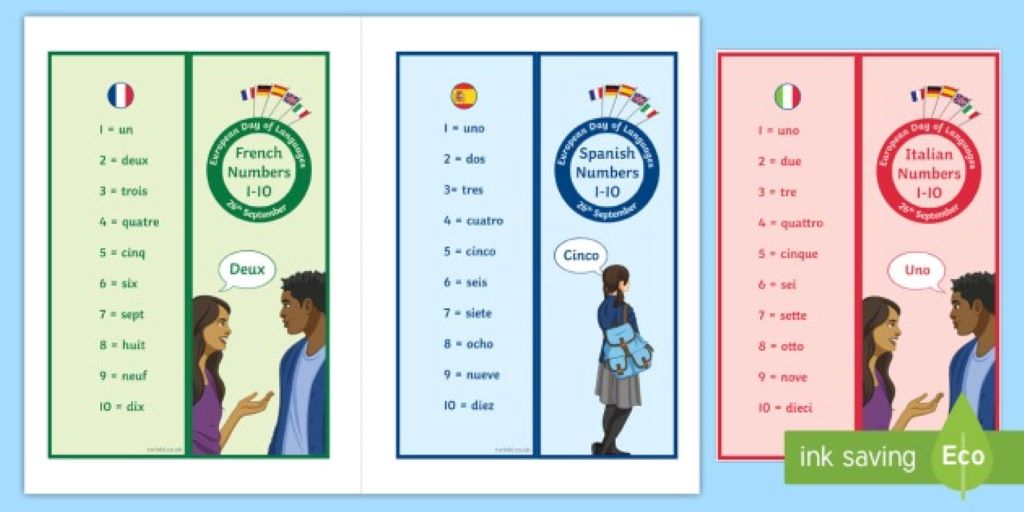
Numbers containing ‘a’ in different languages
Have you ever wondered about the fascinating patterns hidden within numbers across different languages? The study of numerical linguistics reveals intriguing connections between mathematics and language structure. At The Fuzz Daily, we explore these captivating intersections that make learning both fun and educational.
Numbers serve as universal symbols, yet their written forms vary dramatically across cultures and languages. When we examine which numbers contain specific letters, we uncover remarkable linguistic patterns. This exploration becomes particularly interesting when focusing on the letter ‘a’ and its appearance in numerical words.
The quest to find a number with the letter a in it leads us down fascinating paths through different languages. While English speakers might struggle to find examples in lower numbers, other languages offer abundant instances where ‘a’ appears naturally in their numerical vocabulary.
English Numbers and the Letter ‘A’
English presents a unique challenge when searching for numbers containing the letter ‘a’. Surprisingly, none of the basic counting numbers from one to ninety-nine contain this vowel when spelled out. This linguistic quirk makes English somewhat unusual among world languages.
The first appearance of ‘a’ in English numbers occurs at one hundred. This delayed introduction creates an interesting educational talking point for teachers and students alike. Parents often use this fact as a fun trivia question during family game nights.
Moving beyond one hundred, we encounter additional examples like one thousand, and subsequently larger denominations. Each milestone number introduces new opportunities for the letter ‘a’ to appear naturally within English numerical expressions.
Spanish Numbers Rich in ‘A’
Spanish offers a completely different landscape for numbers containing ‘a’. The language abundantly features this vowel throughout its numerical system. Starting with basic numbers, Spanish speakers encounter ‘a’ frequently in their counting.
Consider “cuatro” (four), “ocho” (eight), and “cuarenta” (forty). These examples demonstrate how naturally ‘a’ integrates into Spanish numerical vocabulary. The prevalence creates a stark contrast with English patterns.
Spanish also features compound numbers where ‘a’ appears multiple times. Numbers like “cuarenta y cuatro” (forty-four) showcase the letter’s repeated presence. This abundance makes Spanish an excellent language for exploring numerical linguistics.
French Numerical Patterns
French numbers present another fascinating case study for letter ‘a’ appearances. The language incorporates this vowel in various numerical contexts, though with different patterns than Spanish. French counting reveals unique characteristics worth examining.
Numbers like “quatre” (four) and “quarante” (forty) demonstrate French numerical structure. The language also features compound expressions where ‘a’ appears in connecting words. These patterns reflect broader French linguistic tendencies.
French ordinal numbers add another dimension to this exploration. Words like “quatrième” (fourth) show how ‘a’ persists across different numerical forms. This consistency helps language learners recognize patterns more easily.
German Number Formations
German numerical vocabulary offers interesting examples of ‘a’ integration. The language’s compound word structure creates unique opportunities for this letter to appear. German speakers encounter ‘a’ in various numerical contexts throughout their counting system.
Basic numbers like “acht” (eight) provide starting points for exploration. German’s tendency toward compound formations means ‘a’ often appears in longer numerical expressions. These combinations create learning opportunities for language students.
The German system also features interesting patterns in larger numbers. Compound formations like “achtzig” (eighty) show how ‘a’ integrates into more complex numerical vocabulary. These patterns reflect broader Germanic linguistic characteristics.

Cultural Significance of Numbers
Different cultures attach varying significance to numbers containing specific letters. Some societies consider certain numerical patterns lucky or meaningful. These beliefs often influence everything from address choices to telephone number preferences.
The presence or absence of particular letters in numbers can carry cultural weight. Businesses sometimes choose names or addresses based on these linguistic patterns. Marketing professionals often consider such factors when developing campaigns.
Understanding these cultural connections helps bridge linguistic and mathematical education. Teachers can use these insights to make lessons more engaging and culturally relevant. Students often find these connections memorable and meaningful.
Educational Applications
Teachers worldwide use numerical letter patterns as educational tools. These exercises help students develop both mathematical and linguistic skills simultaneously. The search for numbers containing specific letters becomes an engaging classroom activity.
Language learning benefits significantly from numerical vocabulary exercises. Students practicing new languages often start with numbers, making letter pattern recognition valuable. These skills transfer to broader vocabulary development.
Mathematics educators also leverage these patterns for creative lesson planning. Number games involving letter searches make abstract concepts more concrete. Students remember these interactive lessons more effectively than traditional approaches.
International Variations
Different writing systems create unique patterns for letter appearances in numbers. Arabic numerals appear globally, but their written forms vary significantly. Each language brings its own characteristics to numerical vocabulary.
Some languages feature multiple ways to express the same numerical concepts. These variations create rich opportunities for exploring letter patterns. Comparative studies reveal fascinating linguistic differences and similarities.
Regional dialects within languages can also affect numerical vocabulary. These variations add complexity to letter pattern studies. Researchers find these differences valuable for understanding language evolution.
Modern Applications
Digital technology has created new contexts for examining numerical letter patterns. Computer programming often involves pattern recognition in numerical data. Understanding these linguistic patterns can inform algorithm development.
Search engine optimization sometimes considers numerical content patterns. Websites featuring mathematical or educational content benefit from understanding these connections. Content creators use this knowledge to improve their material’s discoverability.
Social media platforms see trends involving numerical wordplay and pattern recognition. Users enjoy sharing discoveries about linguistic curiosities. These trends demonstrate the ongoing fascination with numerical patterns.
Conclusion
The exploration of numbers containing the letter ‘a’ across different languages reveals fascinating linguistic patterns. While English presents unique challenges with its delayed introduction of ‘a’ in numerical vocabulary, other languages like Spanish, French, and German offer abundant examples. These patterns serve educational, cultural, and even commercial purposes in our interconnected world.
Understanding these numerical linguistic patterns enriches both mathematical and language education. Teachers can leverage these insights to create more engaging lessons, while students develop appreciation for the connections between numbers and language. As our world becomes increasingly global, recognizing these linguistic patterns helps bridge cultural and educational gaps.
Frequently Asked Questions
What is the first English number containing the letter ‘a’? The first English number containing the letter ‘a’ is “one hundred.” All numbers from one to ninety-nine lack this vowel when spelled out in English.
Which languages commonly feature ‘a’ in their basic numbers? Spanish, French, German, and many Romance languages frequently include ‘a’ in their basic numerical vocabulary, unlike English which delays its appearance.
Why doesn’t English have ‘a’ in numbers one through ninety-nine? This stems from English’s Germanic roots and historical linguistic development. The numerical vocabulary evolved without incorporating this particular vowel in lower numbers.
How can teachers use these patterns in education? Teachers can create engaging math and language lessons by having students discover numerical letter patterns across different languages, making abstract concepts more concrete and memorable.
Do cultural beliefs affect numerical letter preferences? Yes, some cultures attach significance to numbers containing specific letters, influencing choices in business names, addresses, and other practical applications.
Read More:


Average Rating